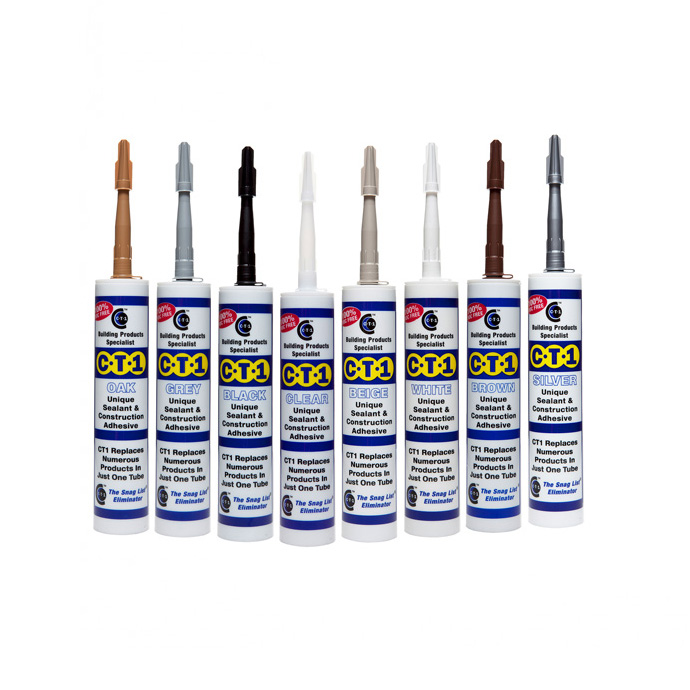
Antifungal sealants play a crucial role in maintaining hygiene and durability in areas prone to moisture and mould. Ideal for both residential and commercial properties, these products are designed to prevent the growth of fungi and other microorganisms that can cause damage and health issues. Below are practical tips on how to use antifungal sealants and where they are most suitable.
Choosing the Right Antifungal Sealant
Material Compatibility: Ensure the sealant is compatible with the surface you are applying it to. Some sealants are specific to wood, concrete, or tile, and using the wrong type can lead to ineffective coverage or damage to the material.
Antifungal Properties: Look for sealants with specific antifungal additives. These are particularly formulated to resist moisture and prevent fungal growth effectively.
Preparation for Application
Clean the Area: Before applying the sealant, thoroughly clean the area to remove any dirt, grease, or existing mould. A clean surface will enhance the adhesion and effectiveness of the sealant.
Dry the Surface: Ensure the area is completely dry. Applying sealant on a wet or damp surface can trap moisture, leading to mould growth beneath the sealant.
Application Tips
- Use the Right Tools: Depending on the type of sealant, you may need a caulking gun or a brush for application. Ensure you have the correct tools and accessories for a smooth application.
- Apply Evenly: Apply the sealant evenly across the surface, ensuring all cracks and gaps are adequately filled. This prevents any potential entry points for moisture.
- Smooth it Out: After application, use a damp cloth or a smoothing tool to even out the sealant. This not only ensures a clean finish but also helps in creating a uniform barrier against fungal growth.
Where to Apply Antifungal Sealants
Bathrooms and Kitchens: These areas are highly susceptible to moisture due to activities like cooking, washing, and bathing. Applying antifungal sealant around sinks, bathtubs, and countertops can prevent water penetration and mould growth.
Basements and Garages: These areas often have poor ventilation, making them prone to dampness and fungal growth. Sealant can be used on walls and floors to prevent this.
Window Frames and Doorways: These are common entry points for moisture. Sealing gaps around windows and doors can help keep out moisture and reduce the risk of fungal infestations.
Maintenance Tips
Regular Checks: Regularly check sealed areas for any signs of wear or damage. Early detection can help you reapply sealant before any serious damage occurs.
Clean Sealed Areas: Clean the sealed surfaces regularly to prevent dirt build-up, which can attract moisture and lead to mould growth.
Browse our range of Antifungal sealants
Using antifungal sealants is a proactive way to protect your home or building from the damaging effects of moisture and mould. By choosing the right product, preparing the surface properly, applying the sealant correctly, and maintaining the sealed areas, you can ensure a healthier environment free of fungal growth. Remember, the key to effective use of antifungal sealants lies in thorough preparation and regular maintenance.
A huge range of sealants can be purchased via our website, including those suitable for use in kitchens and cleanrooms, bathrooms and areas where an antifungal sealant is required. If you would like to speak to a member of our team simply call 01708 525 866 or email info@sealantsupplies.co.uk and we will be in touch as soon as possible.




